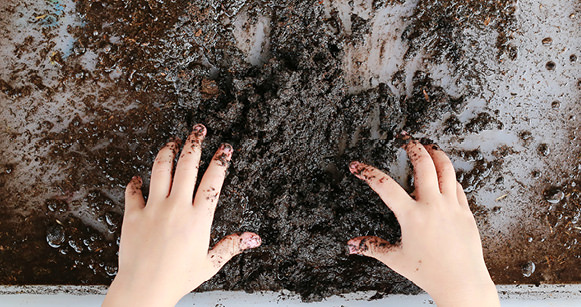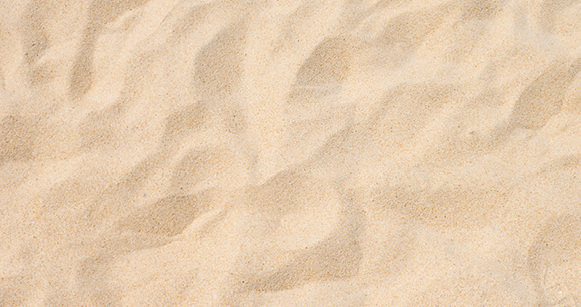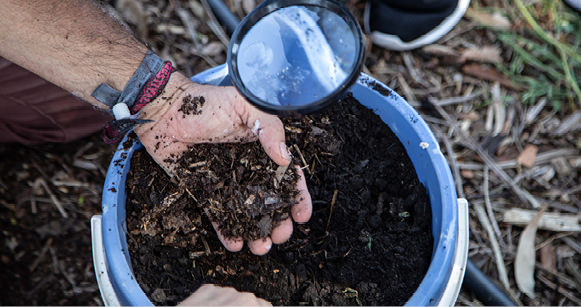STORY
Anne as a Landcare volunteer knows how important soil structure and texture is to growing healthy plants. Her local school have invited her to help their school Junior Landcare group create a food garden within the school grounds.
As she helped Beth, Eliza, Hayley and the rest of the Junior Landcare group create their no dig garden, Anne showed them how to check the soil texture. She took some soil from the garden bed, the sandpit and various places around the school grounds. She showed them how to mix each soil with water so they could feel and see whether it was a clay, loam or sand soil type. Beth and her friends enjoyed touching each soil type and understanding how it responded to the water. They could see that soil that could hold the moisture was essential to healthy plant growth. This made them very motivated to be ‘soil aware’ Junior Landcarers to help their food garden grow well.

Explore different soil textures and discover their various properties. Through simple soil testing, children will learn to appreciate the true value soils have in helping plants grow.
For children to:
- understand how soil texture influences the amount of water and air it holds
- appreciate how these characteristics affect plant growth and thereby food production
- value the importance of soil as a non-renewable resource.
When collecting soil in drier conditions, you may need to try a few different locations and wet or fork the soil before you collect it for testing. Try to avoid collecting soil in extremely wet conditions.
Introduction
Soil is a vital non-renewable resource. Nutrient rich soil gives us clean air and water, bountiful crops, diverse wildlife, healthy forests and landscapes. In this activity we will get our hands dirty to understand how soil texture influences the moisture holding capacity of different soils.
Soil preparation and collection before commencing this activity will assist in the time allocation of the activity.
Checklist
Instructions
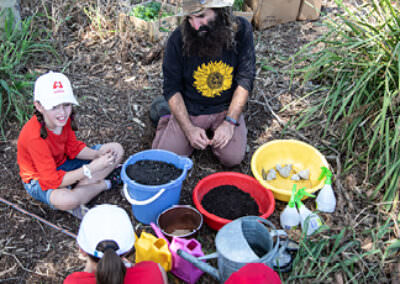
STEP 1
What makes up soil? Discuss that soil is made up of four things. They are pieces of finely ground rock, humus (humus is made up of little bits of decayed leaves and tiny pieces of rotting wood, seeds and decayed plants and animals), water and air.
Why is soil important? Discuss the five essential functions that soil perform.
- Regulating where rain and irrigation water goes.
- Sustaining plant and animal life by providing food and nutrients for plants. It provides a support base for plants in which to spread their roots so they can stand up straight.
- Filters pollutants – the minerals and microbes in soil are responsible for filtering, buffering, degrading, immobilizing, and detoxifying organic and inorganic materials, including industrial and human by-products and atmospheric deposits
- Cycling nutrients – carbon, nitrogen, phosphorus, and many other nutrients are stored, transformed, and cycled through soil
- Supporting structures – buildings need stable soil for support, and archaeological treasures associated with human habitation are protected in soils.
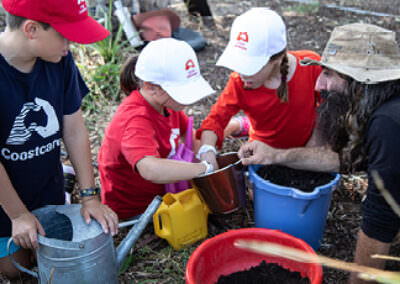
STEP 2
Find places in your local area that you can use for collecting soil. Go to an outdoor space and conduct a soil texture test with the equipment and the activity sheets. This could be your food garden, a bare patch in the backyard or somewhere that is easy to dig.
To help with time efficiency, collect different soil samples in containers beforehand.
If children are to collect some of their own soil samples for testing, there are a few things to consider. Outline safe digging practices and the importance of not harming plants, and how to return the soil once you have completed the activity.

STEP 3
What different soils might you encounter in your local area?
- Sandy Soil – is quite dry and light and contains larger amounts of air. Water drains through it easily.
- Clay Soil – contains smaller amounts of air and pieces of finely ground rock. Clay soil is very heavy and sticky when wet and water does not drain through it easily. When clay becomes wet it swells and sticks together. Then as wet clay dries, it shrinks and cracks.
- Loam – with its medium sized particles, has the ability to trap water and retains nutrients for plant use, so it’s great for growing crops and food plants.
Demonstrate how children can use the soil texture key to classify different soil textures.
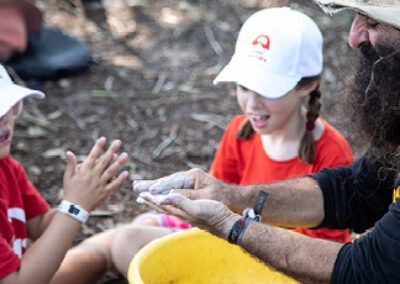
STEP 4
Children take each soil sample and wet it gradually with water. Use the activity sheet to help determine texture and to identify the soil.
How does the soil feel? Is it spongy, sticky, sandy or crumbly?
The ribbon test will help to determine what type of soil you have. Can you mould into a ball and then squeeze it into a ribbon between your fingers? If it forms a ribbon of 5cm or more, it will be a clay.
What type of soil have you found?
Which soil will be best for growing your food plants?
What can you do to improve the soil you have?
Clean up with water and return the soil to where it came from.
Extension Activity
Does your soil hold a little or a lot of water? How could you test this?
What could you do to improve your soils capacity to grow food?
Curriculum and Framework Links
Reference List
PRINTABLE RESOURCES
Exploring Soils A Hidden World Underground by Samantha Grover and Camille Heisler is a delightfully illustrated children’s introduction to the world of soil from CSIRO.
WATCH
Be inspired to cuddle soil and learn from Landcarer and poologist Graeme Stevenson.
Find out what soil is made of and what lives within it – watch The life in soil from ABC Education.
Just for Kids
Check out our fun activities – Soil word challenges and Pretend garden cafe
We value your feedback
When you have finished this learning activity, please tell us what you think with our survey.
Your feedback will help Landcare Australia improve the activities in the Junior Landcare Learning Centre.
Why not try one of our other Junior Landcare learning activities?
Love Letters to the Land
Biodiversity|First Nations Perspectives|Food Production|Waste Management
Creating a food garden: vision
Food Production
Creating a food garden: planting
Food Production
Creating a food garden: installing a no dig garden bed
Food Production
